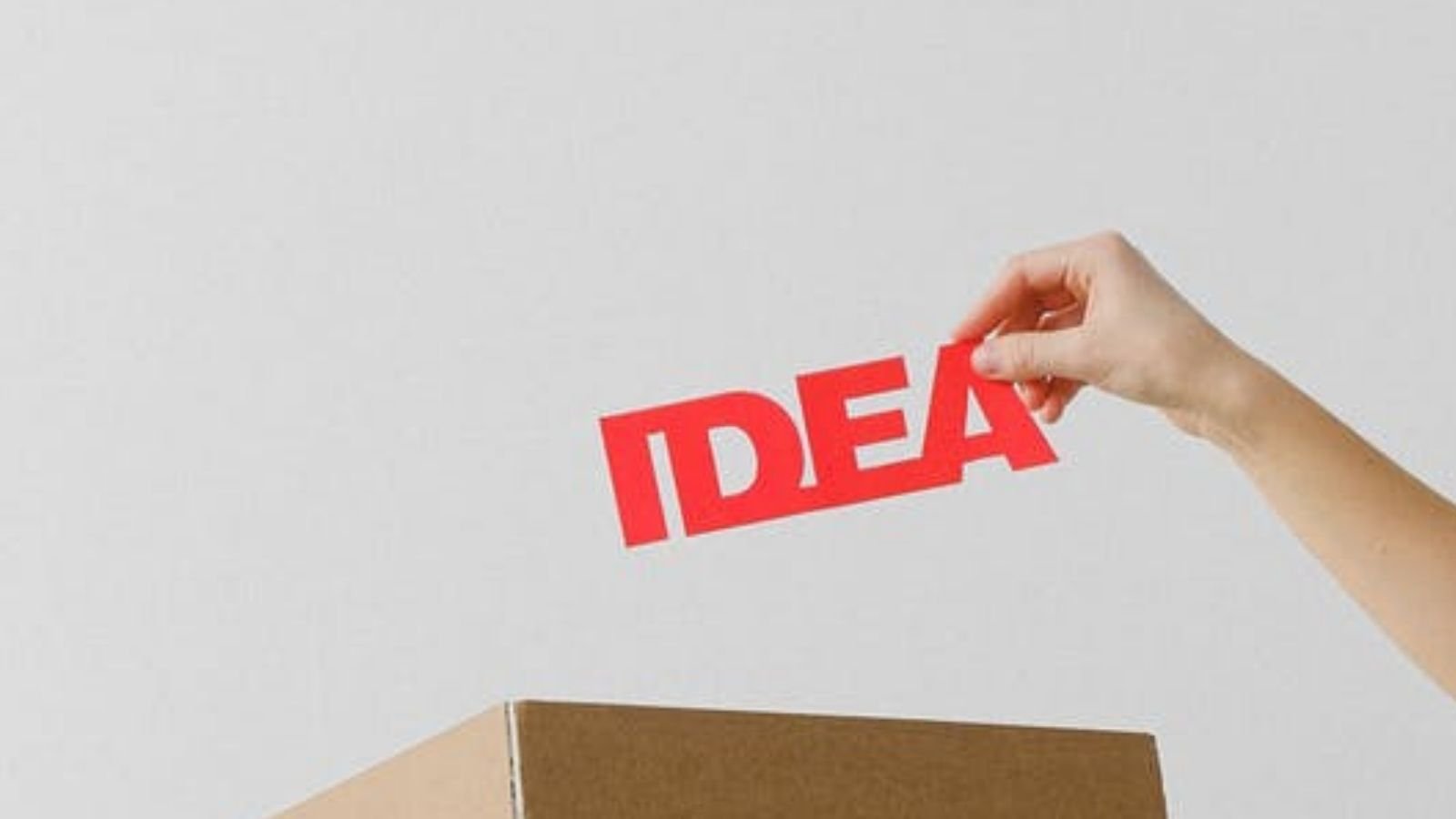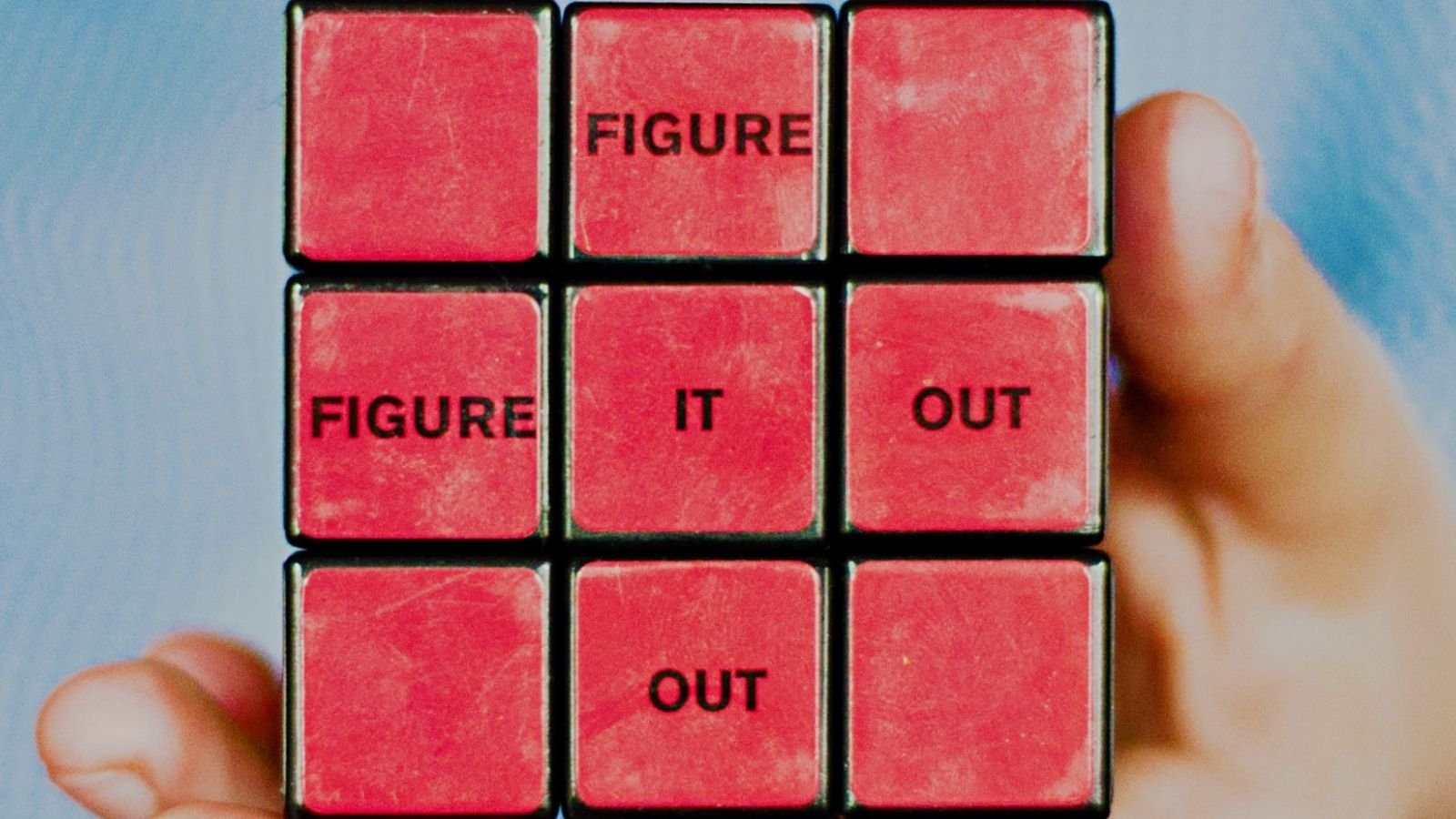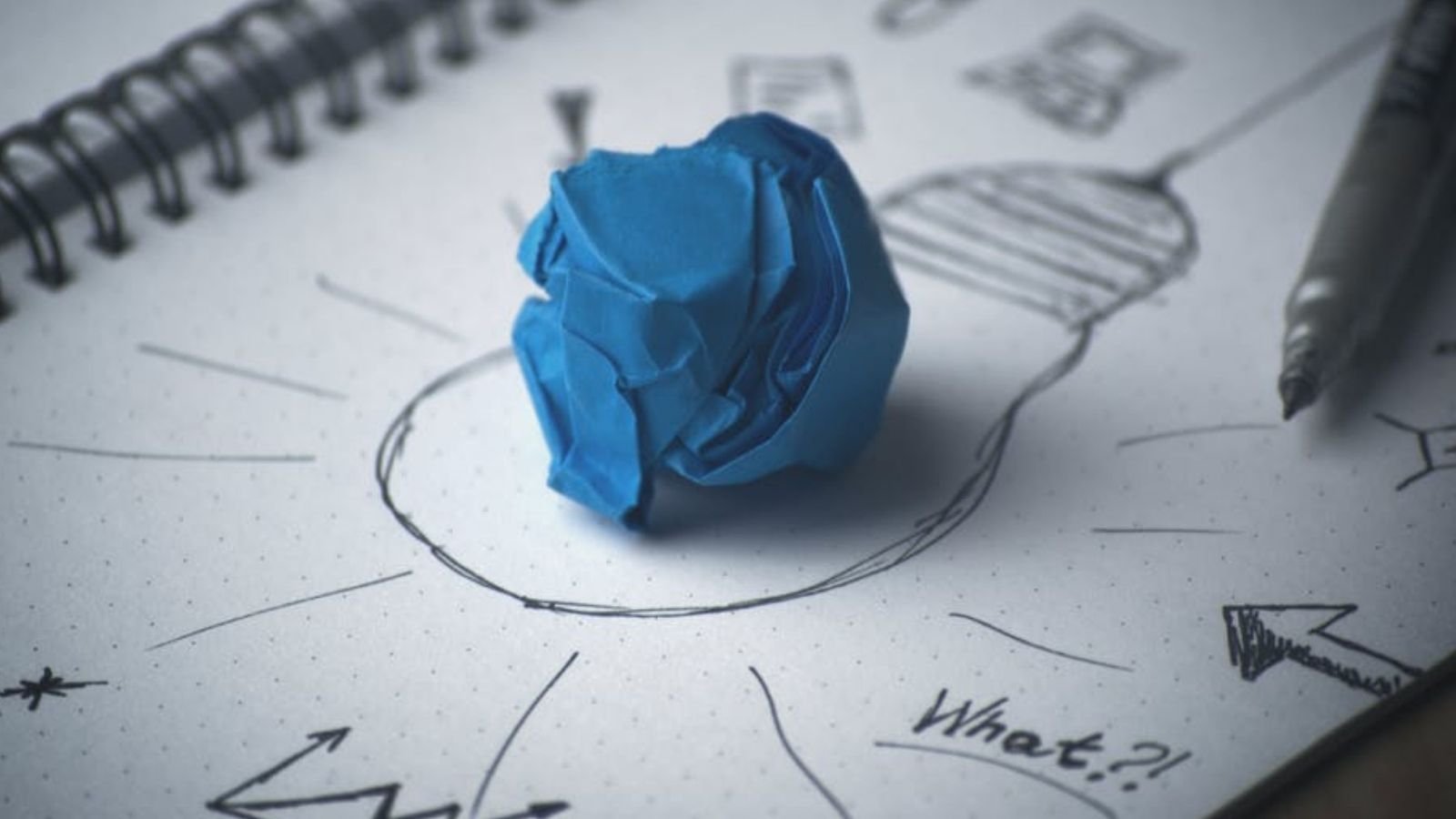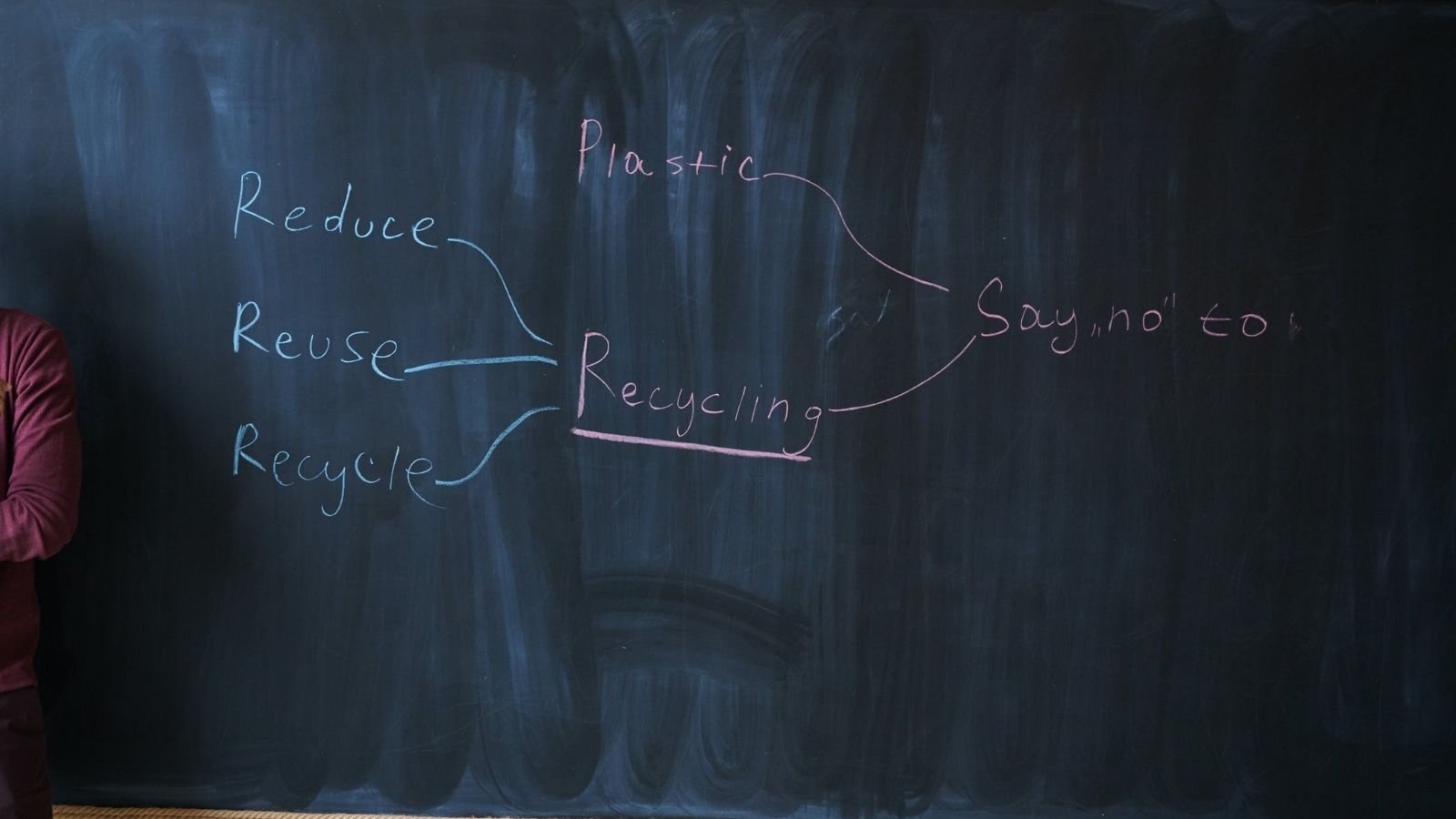So, you’ve had a lightbulb bulb moment on how you think you can improve sustainability in your organisation. It might be a new idea, or a way to enhance an existing reuse project.
Either way, you need to take this brilliant idea and develop it. Here are seven steps to flesh out your idea and see if it's worth pursuing.
Step one

Right now the idea exists in your head, so the first step is to get it down on paper.
The best way to do this is with a mind map. If you don't know what a mind map is, check it out. It’s a great method to help develop ideas, concepts, and projects; any activities that need development. It really helps get jumbled thoughts into one page, achieve clarity and a bit of order.
Use the mind map to brain dump your ideas, keep it close by and fill in more over the following weeks. Begin by identifying the problem that needs to be solved. Put it right in the middle of the mind map.
Step two

Indicate what is involved in the problem and how your idea solves it. Who are the people that suffer or can participate in solving the problem? Who must do more work because the problem has not yet been solved?
If your problem was a story, then who are the characters? Get this down as branch on your mind map.
Step three

Think about the significance of the problem you want to solve. What is the impact? Who or what does it affect? Does it use too much time, money, or resources? Is it bad for the environment? Does it cause distress?
Again, jot your thoughts down as another branch on your mind map.
Step four

What are benefits your idea offers? How will people benefit? How will your organisation benefit? What exactly does it solve? Yep, you guessed it that is another branch for your mind map.
Who would you sell it to? What is the persona of your ideal customer? How will you find these people? Are they easy to find and communicate with? Do you have experience dealing with these kinds of people? Do you know where they hang out online or in real life? What is their typical job role or industry? Do you speak their professional language?
These are all potential branches to add on your mind map.
Step five

Scan the market. You need to check if your idea is already out there or if there is anything similar. Is there someone else already solving this problem? How are they doing it, and will you offer something different? Is the market competitive, complementary, or empty?
Add these thoughts to your mind map.
Step six

Consider how to validate your idea as quickly and easily as possible. Do who know anybody who could qualify as your ideal customer persona?
Could you start a social media account to encourage feedback and discussions? Do you have any peers who are well-placed to discuss it?
Find the method with the lowest amount of time input so that you can decide whether this idea is worth pursuing.
Step seven

Now you have a complete mind map you need to get your idea onto a one-pager to share it with anyone who can help you refine it.
Share it with family, friends, neighbours, your colleagues, peers, and management. Sharing it may not come naturally, but it will help you refine the idea and either ditch it quickly if it’s a non-starter or get going if it’s worth it.
Good luck and let us know how you get on!








